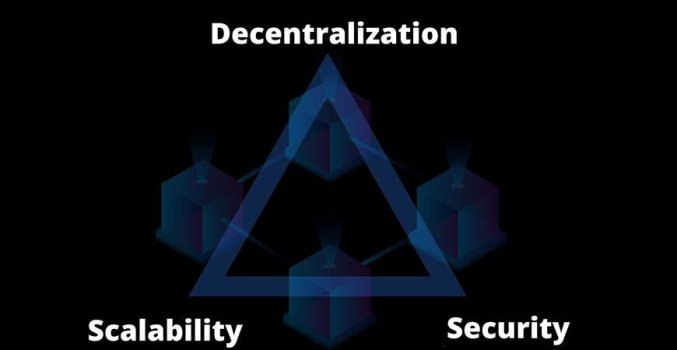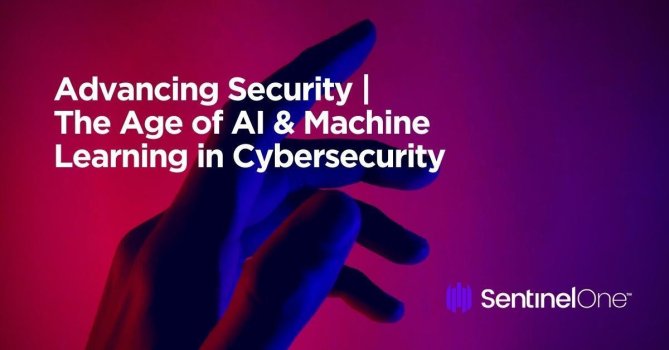The One [Simple] Method AI Implementers Use For Success
- Technology Solutions
- 0 Replies
Who do you blame when AI projects fail? The technology? Your machine learning and data science team? Vendors? The data? Certainly you can put blame on solving the wrong problem with AI, or applying AI when you don’t need AI at all. But what happens when you have a very well-suited application for AI and the project still fails? Sometimes it comes down to a simple approach: don’t take so long.
At a recent Enterprise Data & AI event, a presenter shared that their AI projects take on average 18 to 24 months to go from concept to production. This is just way too long. There are many reasons why AI projects fail and one common reason is that your project is taking too long to go into production. AI projects shouldn’t be taking 18 or 24 months to go from pilot to production. Advocates of best-practices agile methodologies would tell you that’s the old-school “waterfall” way of doing things that’s ripe for all sorts of problems.
Yet, despite the desire to be “agile” with short, iterative sprints of AI projects, organizations often struggle to get their AI projects off the ground. They simply don’t know how to do short, iterative AI projects. This is because many organizations are running their AI projects as if they were research-style “proofs-of-concept”. When companies start with a proof of concept (POC) project, over a pilot, it sets them up for failure. Proof of concepts often lead to failures because they don’t aim to solve a problem in the real world, but rather focus on testing an idea using idealistic or simplistic data in a non-real world environment. As a result, these organizations are working with data that isn’t representative of the real world data, with users who aren’t heavily invested in the project, and potentially not working in systems where the model will actually live. Those who are successful with AI projects have one simple piece of advice: ditch the proof-of-concept.
AI Pilots vs. Proof of Concepts
A proof-of-concept is a project that is a trial or test run to illustrate if something is even possible and to prove your technology works. Proof of concepts (POCs) are run in very specific, controlled, limited environments instead of in real world environments and data. This is much the way that AI has been developed in research environments. Coincidentally, many AI project owners, data scientists, ML engineers and others come out of that research environment they are very comfortable and familiar with.
Continue reading: https://www.forbes.com/sites/cognitiveworld/2022/09/04/the-one-simple-method-ai-implementers-use-for-success/?sh=387d48823382
At a recent Enterprise Data & AI event, a presenter shared that their AI projects take on average 18 to 24 months to go from concept to production. This is just way too long. There are many reasons why AI projects fail and one common reason is that your project is taking too long to go into production. AI projects shouldn’t be taking 18 or 24 months to go from pilot to production. Advocates of best-practices agile methodologies would tell you that’s the old-school “waterfall” way of doing things that’s ripe for all sorts of problems.
Yet, despite the desire to be “agile” with short, iterative sprints of AI projects, organizations often struggle to get their AI projects off the ground. They simply don’t know how to do short, iterative AI projects. This is because many organizations are running their AI projects as if they were research-style “proofs-of-concept”. When companies start with a proof of concept (POC) project, over a pilot, it sets them up for failure. Proof of concepts often lead to failures because they don’t aim to solve a problem in the real world, but rather focus on testing an idea using idealistic or simplistic data in a non-real world environment. As a result, these organizations are working with data that isn’t representative of the real world data, with users who aren’t heavily invested in the project, and potentially not working in systems where the model will actually live. Those who are successful with AI projects have one simple piece of advice: ditch the proof-of-concept.
AI Pilots vs. Proof of Concepts
A proof-of-concept is a project that is a trial or test run to illustrate if something is even possible and to prove your technology works. Proof of concepts (POCs) are run in very specific, controlled, limited environments instead of in real world environments and data. This is much the way that AI has been developed in research environments. Coincidentally, many AI project owners, data scientists, ML engineers and others come out of that research environment they are very comfortable and familiar with.
Continue reading: https://www.forbes.com/sites/cognitiveworld/2022/09/04/the-one-simple-method-ai-implementers-use-for-success/?sh=387d48823382


























